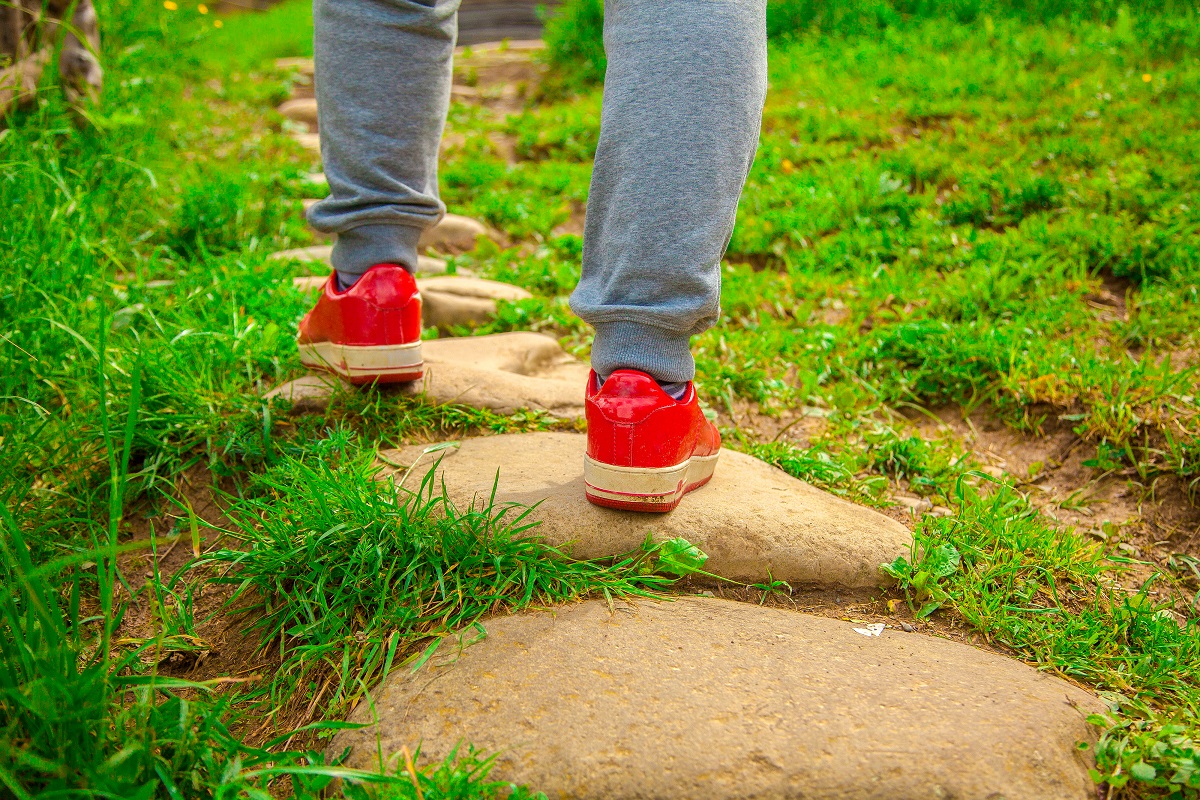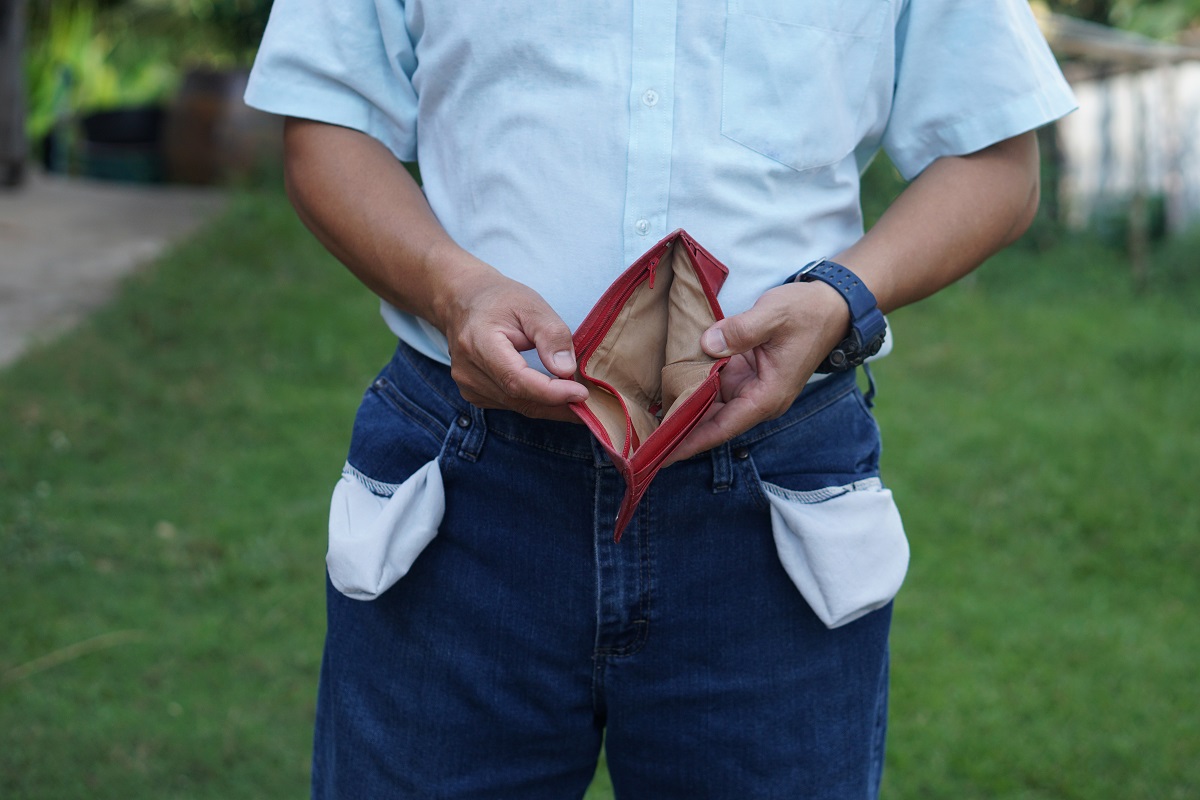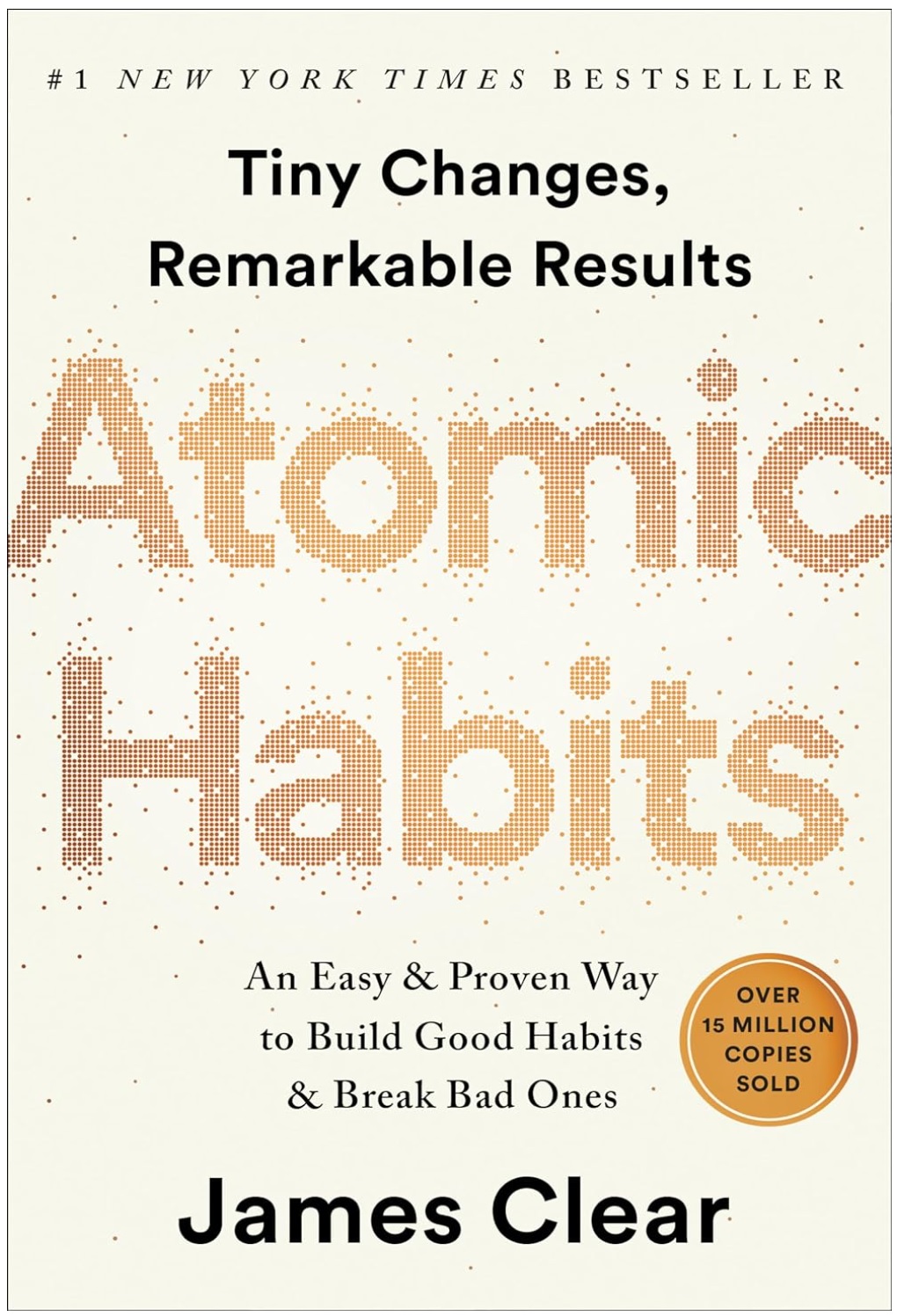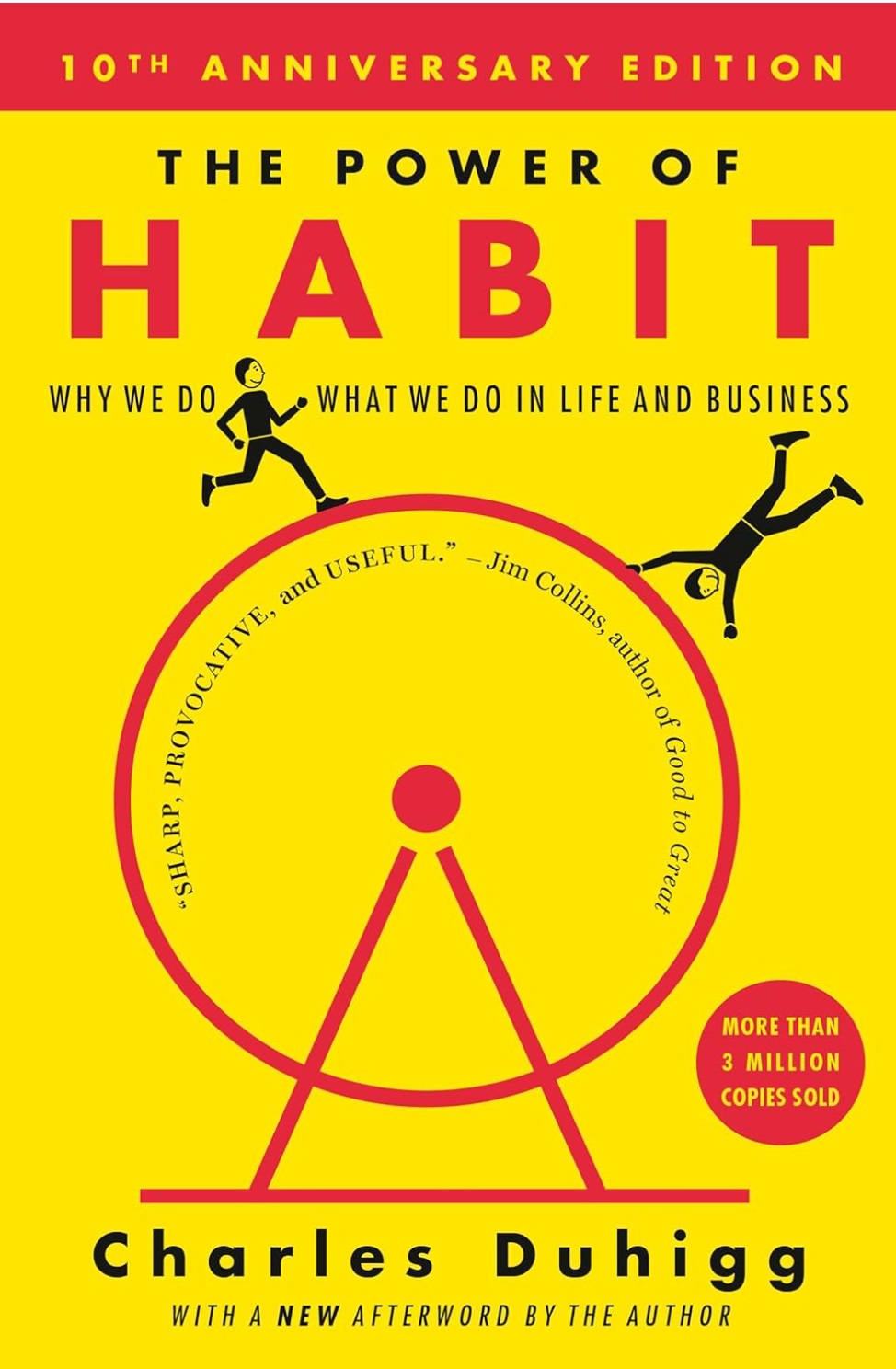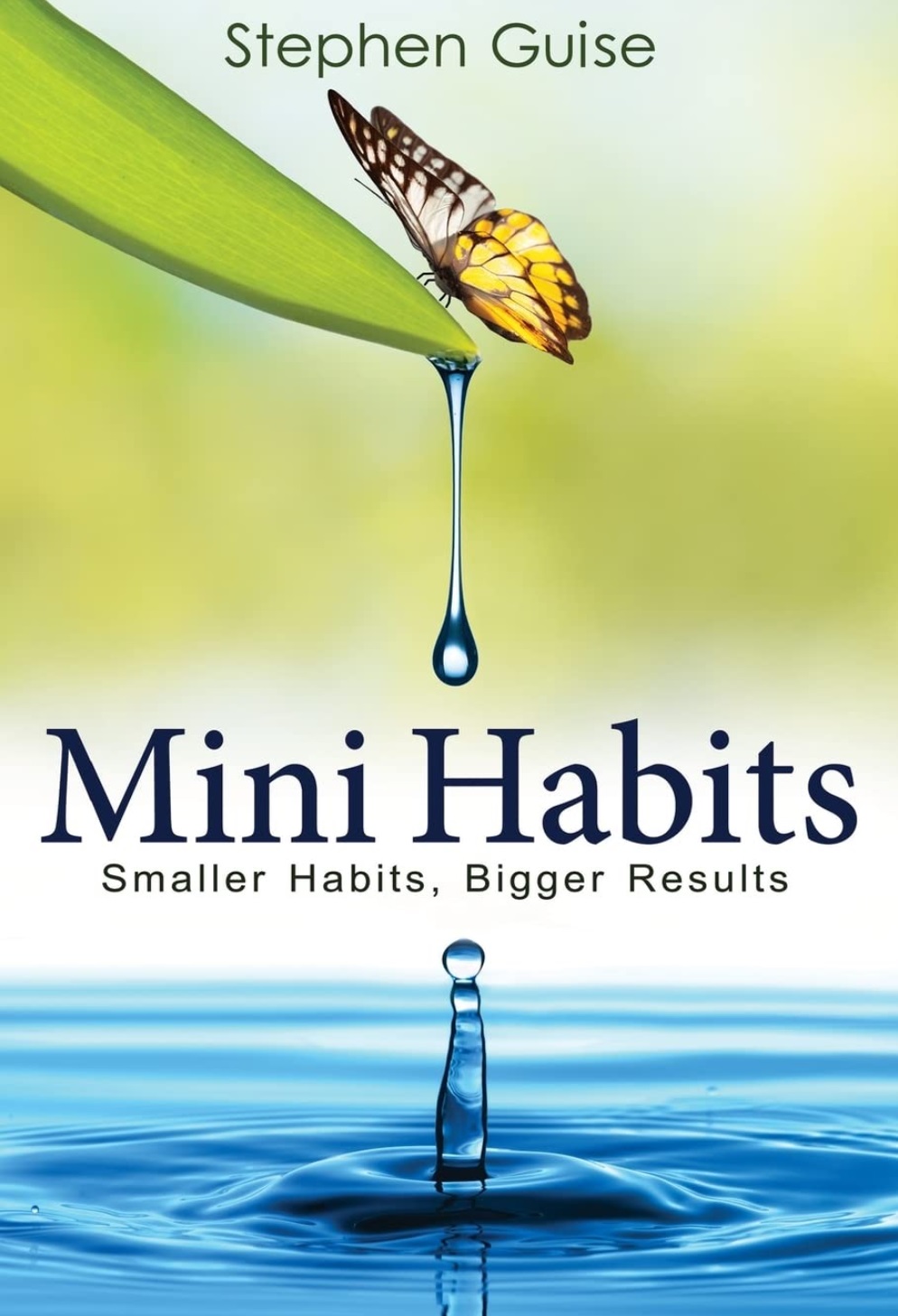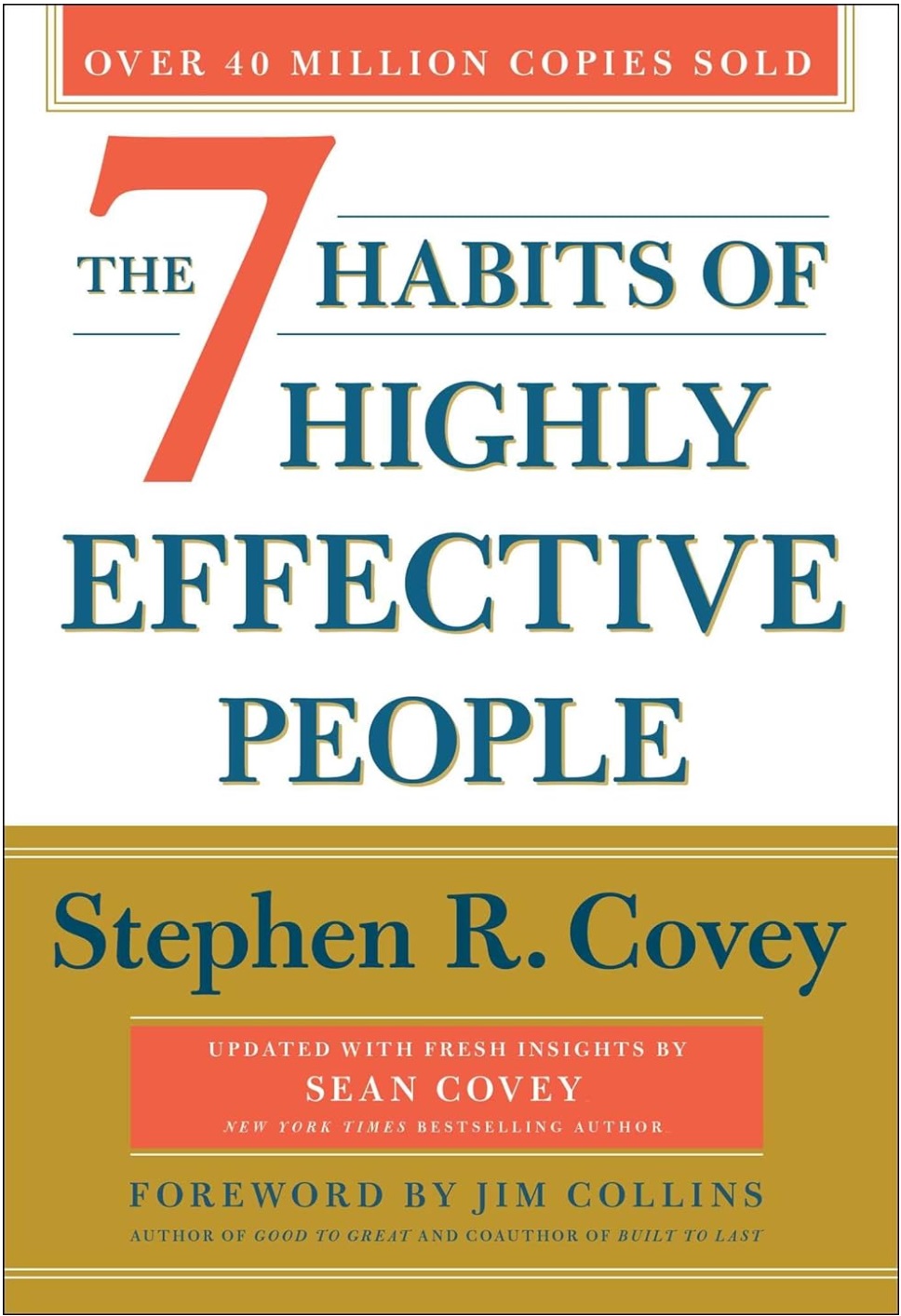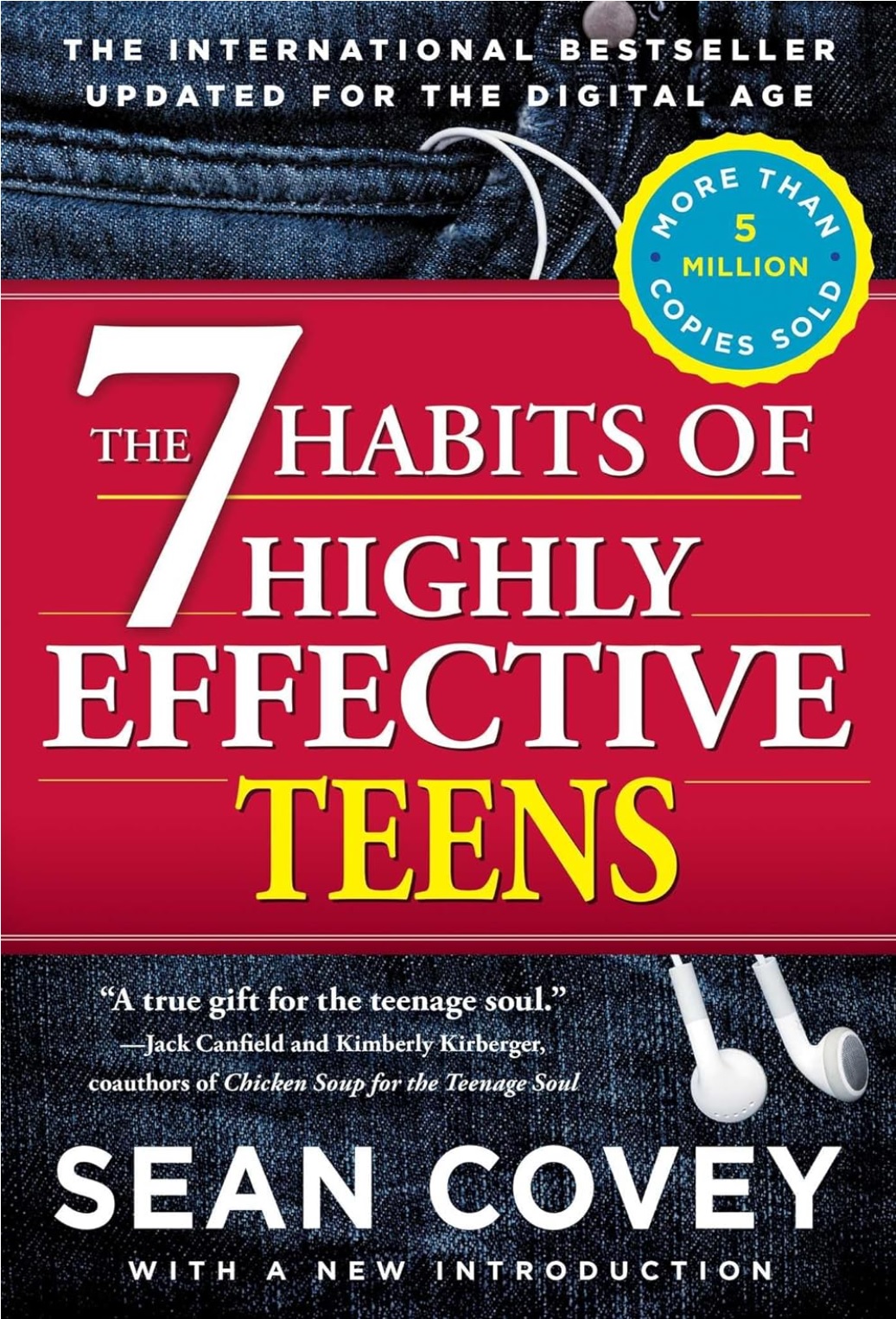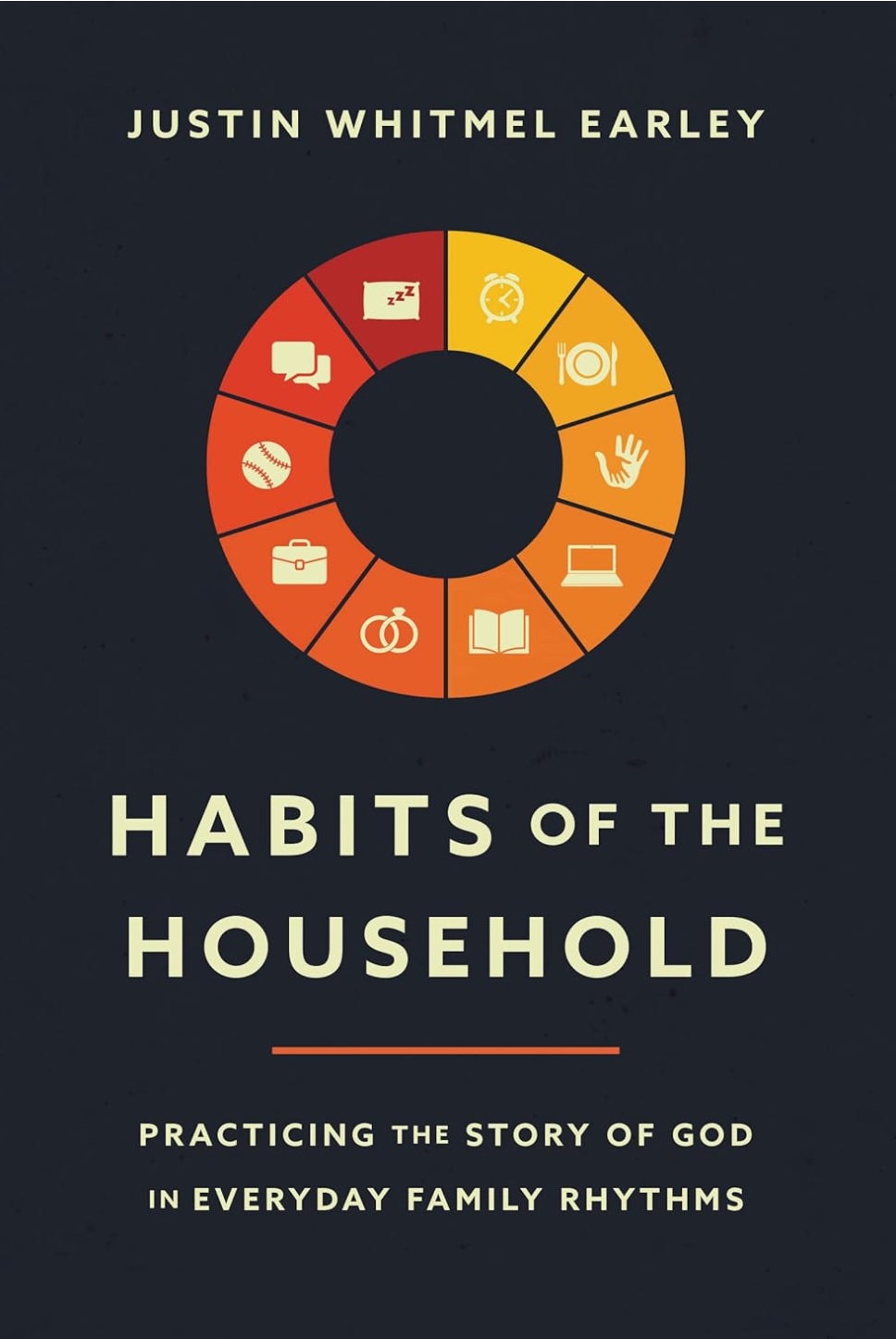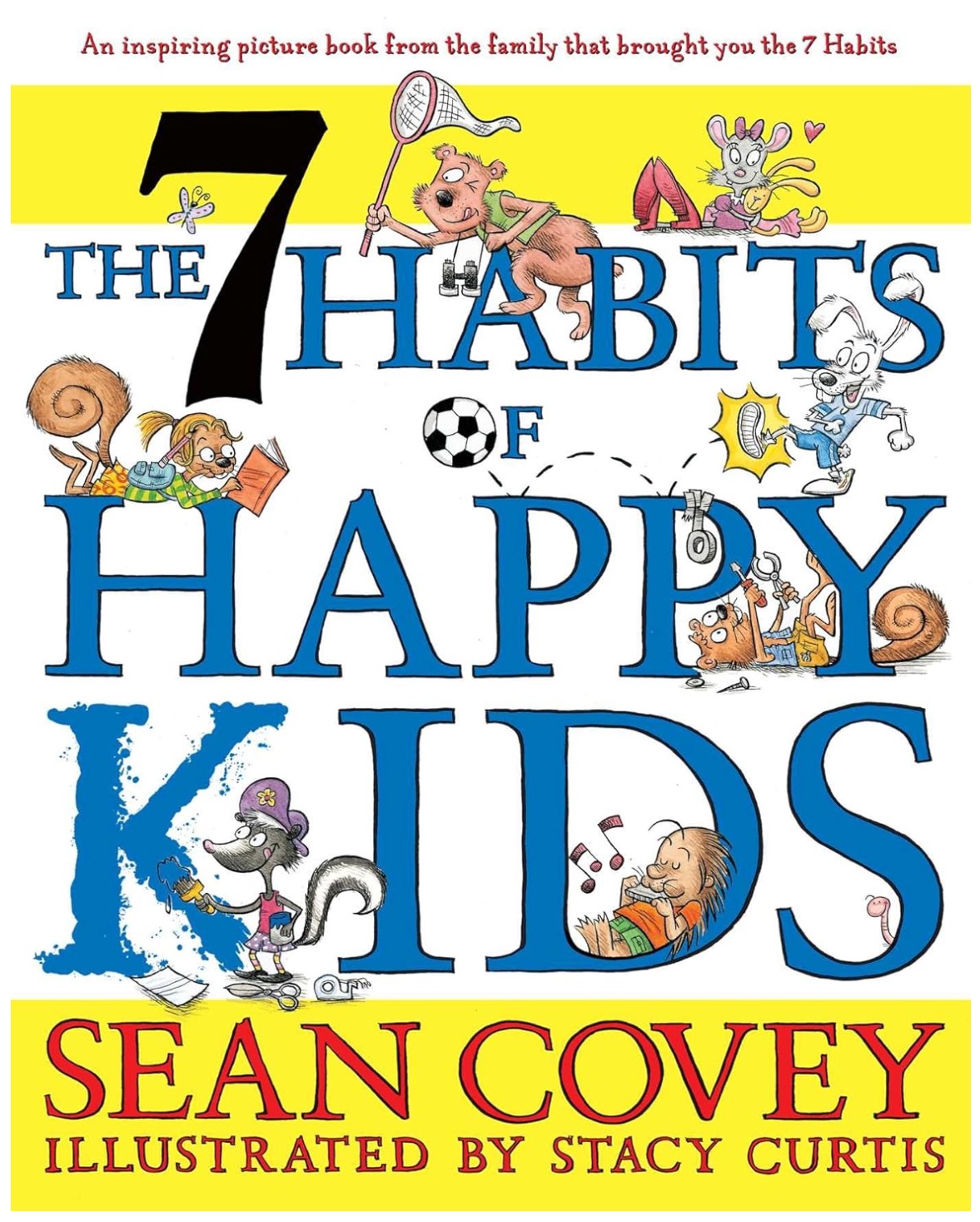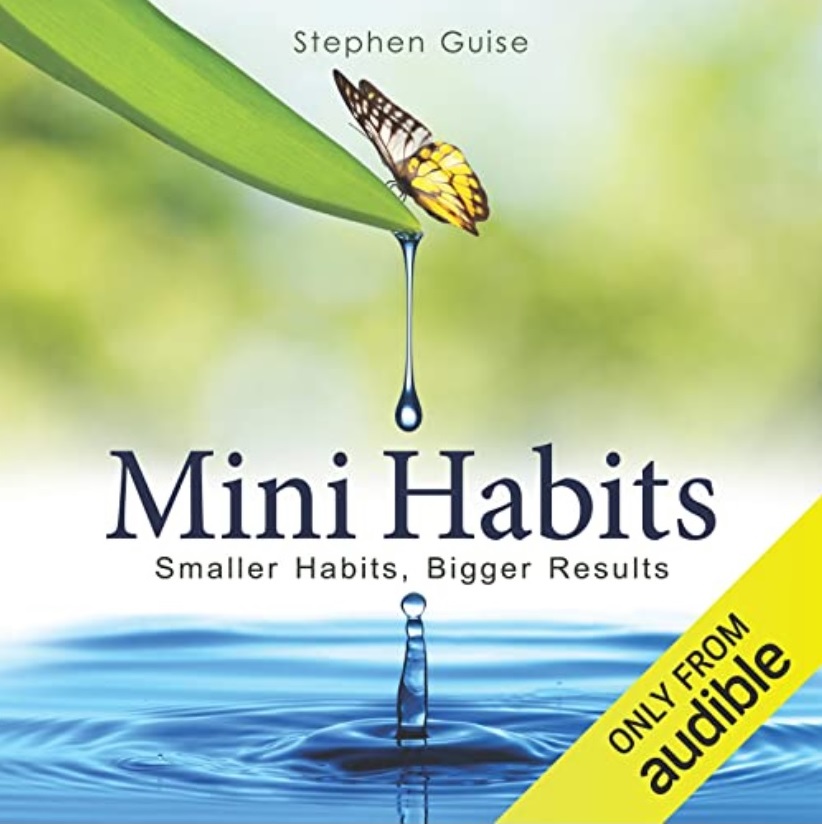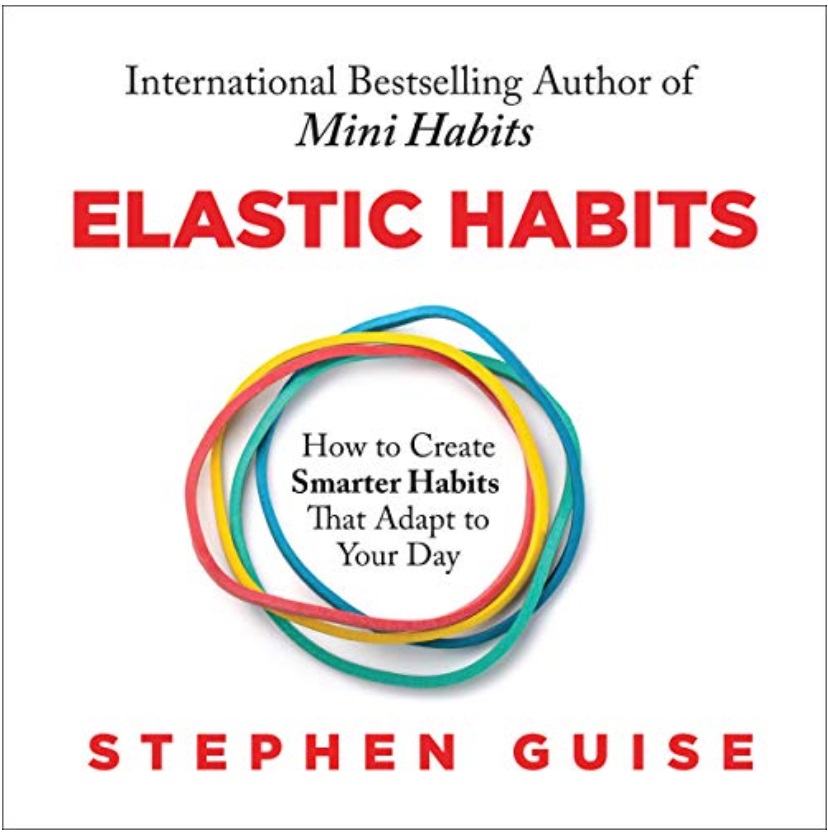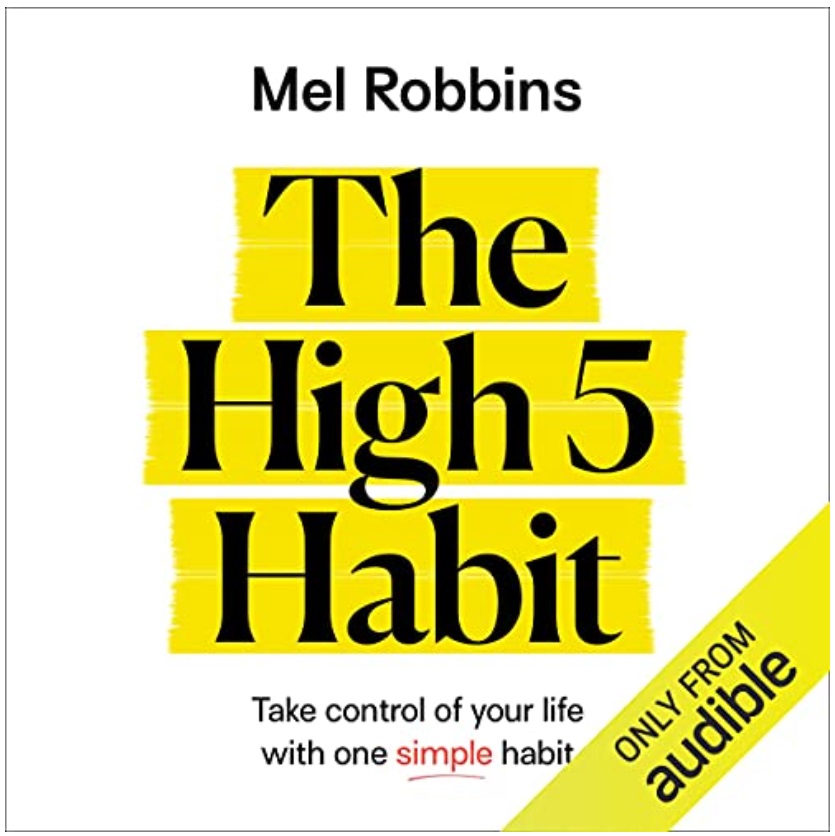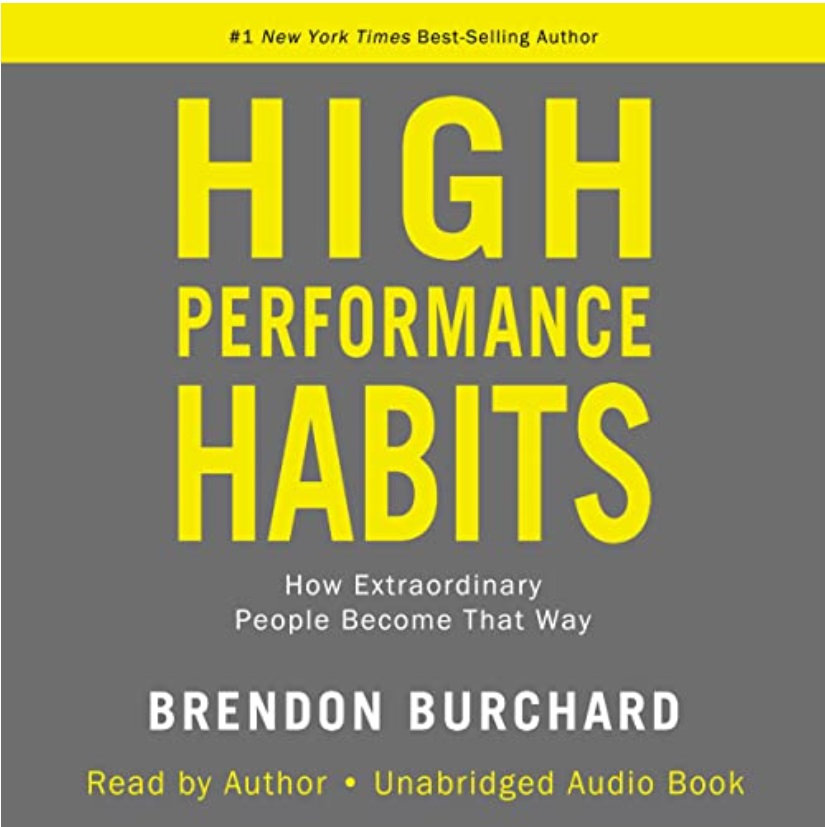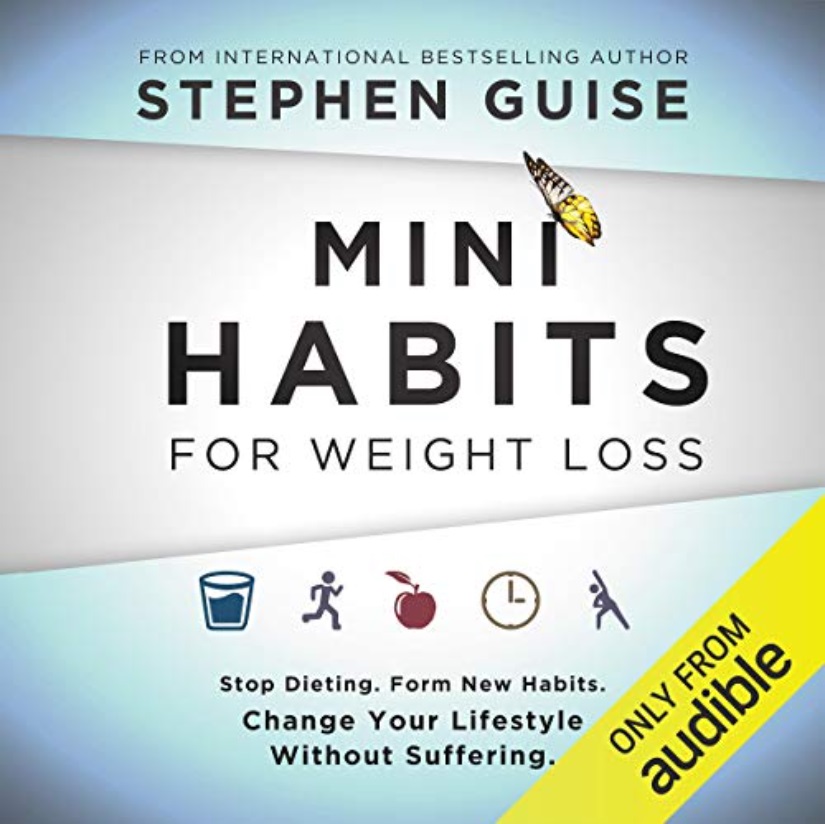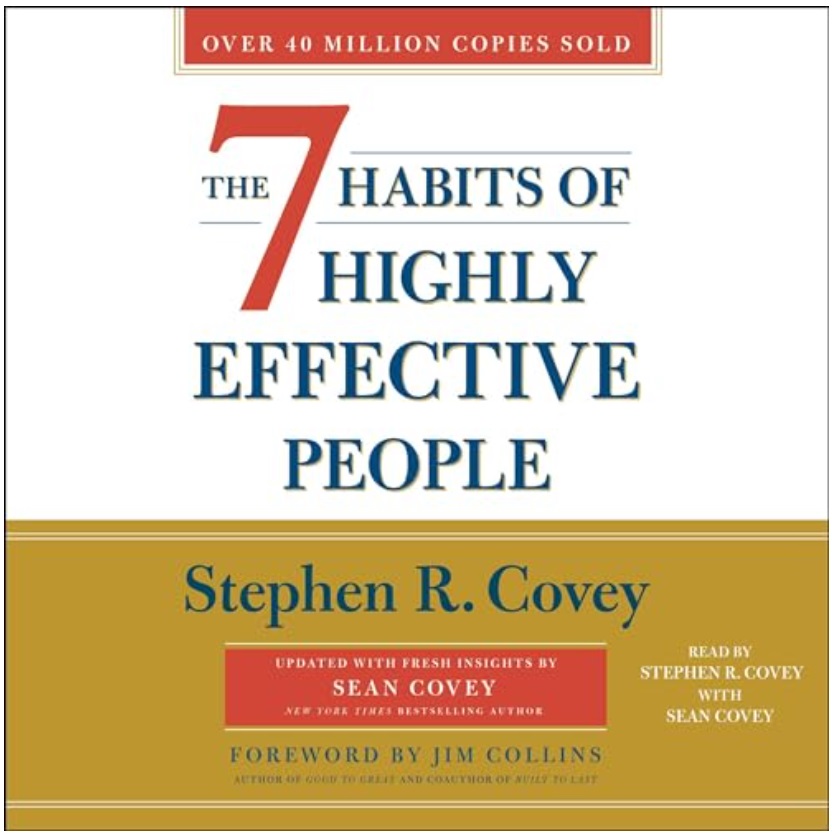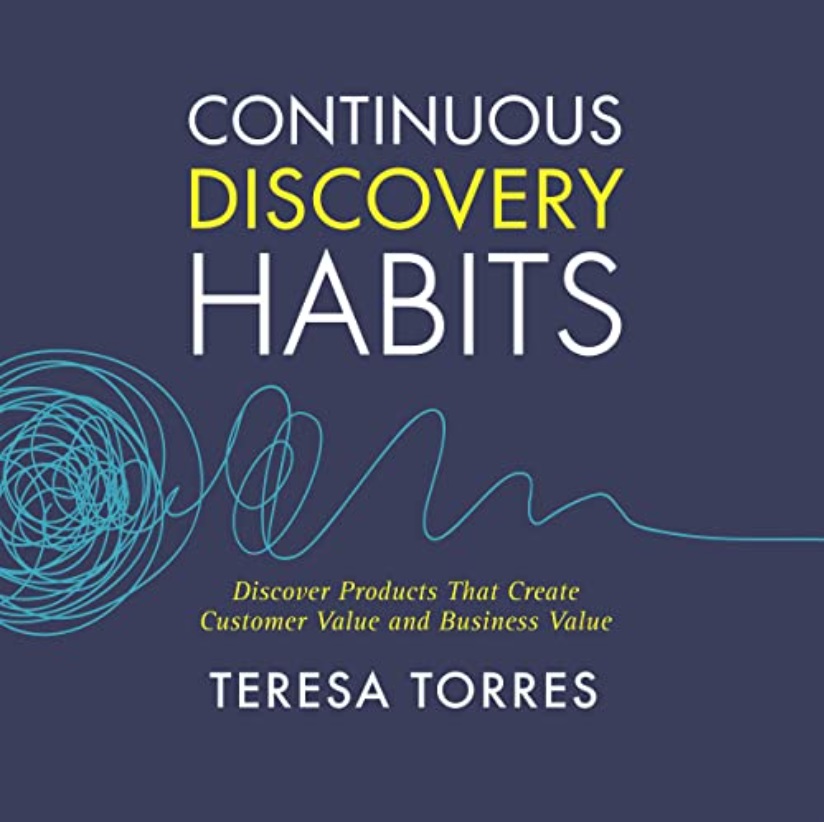- KEY POINTS
- Stack small habits onto existing routines for better productivity and personal growth.
- Consistency and simplicity are key to building lasting habit stacks that lead to meaningful change.
- Start with small, manageable actions to create momentum and increase motivation over time.
A few years ago, I found myself frustrated by the lack of progress in my personal and professional life. I would set ambitious goals, only to abandon them within a few weeks. It felt like I was constantly starting over. Then, I stumbled upon the concept of habit stacking—a simple yet powerful approach that transformed the way I approached self-improvement.
Habit stacking is about linking small, easy-to-achieve habits to existing routines, making them almost automatic. By layering habits, even the busiest among us can experience significant growth without overhauling our entire lives. I’ve seen firsthand how stacking small habits has helped me build momentum and confidence in areas I never thought possible.
In this post, I’ll guide you through the process of stacking habits effectively, using real-life examples and practical advice you can implement immediately.
Table of Contents
ToggleWhy Small Habits Make a Big Difference
The Power of Incremental Change
When I first learned about habit stacking, the idea of making small, consistent changes felt refreshing. Too often, we aim for massive transformations that are difficult to sustain. Small habits, however, feel manageable. I started by adding just five minutes of journaling after my morning coffee. Over time, that simple action grew into a full-fledged mindfulness practice.
Consistency Over Intensity
The beauty of small habits is their ability to stick. It’s far easier to meditate for two minutes than to dive into a 30-minute session right away. By consistently performing small tasks, we build resilience and strengthen our commitment to long-term goals.
How Habit Stacking Works
Identify Your Existing Routines
The key to habit stacking is attaching a new habit to something you already do regularly. I realized I brushed my teeth every night without fail, so I decided to stack a habit of expressing gratitude immediately afterward. Associating new behaviors with existing routines helps eliminate decision fatigue.
Choose Simple, Specific Habits
The habits you stack should be straightforward. One of my most effective stacks involves stretching for five minutes after I get out of bed. It’s specific and easy to follow. When habits are clear and actionable, they’re more likely to become permanent.
Start Small and Build Gradually
I started my stacking journey with just one new habit. Trying to stack multiple habits at once can feel overwhelming. After mastering one, I gradually added more, like reading ten pages of a book after lunch or writing down three things I’m grateful for before bedtime.
Building Momentum with Habit Stacking
Create Logical Sequences
One of the most effective ways I found to build strong habits was by creating logical sequences. For example, after I finish my morning workout, I immediately drink a glass of water. This simple sequence makes hydration a natural extension of exercise. By connecting related habits, I’ve built a fluid routine that feels seamless rather than forced.
When stacking habits, think about the natural flow of your day. If you make a smoothie in the morning, add a quick affirmation practice while waiting for the blender. Stacking habits that naturally complement each other not only reinforces the existing routine but also makes the new habit feel like a logical addition.
Leverage “Anchor Habits”
Anchor habits are those non-negotiable activities you already do every day—like brushing your teeth or making coffee. These are excellent opportunities to stack new habits because they are already ingrained. I used my coffee-making ritual to stack deep breathing exercises. By anchoring my breathing practice to something enjoyable, it became second nature.
Experiment and Adjust
Not all stacks will work immediately, and that’s okay. I tried stacking reading after dinner, but it didn’t stick. Instead, I shifted my reading habit to just before bed, and it felt much more natural. Be willing to experiment and adjust based on what feels right for you. Reflect on why certain habits didn’t stick and look for better anchor points.
Common Mistakes to Avoid
Trying to Stack Too Many Habits at Once
I once attempted to stack three or four habits right after my morning routine. The result? Overwhelm and inconsistency. Starting with too many habits can feel like a burden, ultimately leading to burnout. Now, I add one new habit at a time, giving myself space to master it before introducing the next.
Forgetting to Celebrate Progress
One mistake I made early on was not celebrating my small wins. I thought habits needed to feel effortless before I acknowledged progress. But recognizing small achievements reinforces motivation. Now, I mentally reward myself with praise or a smile whenever I complete a stack, even if it’s something as small as drinking water after meditation.
Maintaining Consistency and Long-Term Success
Track Your Progress
One of the most powerful shifts I made in my habit-stacking journey was implementing a simple tracking system. I created a small habit tracker in my journal, marking each day I successfully completed my habit stack. This visual reminder kept me accountable and encouraged consistency. There’s something satisfying about physically checking off a habit, and over time, those small checkmarks added up to significant progress.
If journaling isn’t your thing, habit-tracking apps work just as well. I started with a basic app that sent reminders and celebrated streaks. The key was finding a tool that fit seamlessly into my lifestyle, reducing the friction of maintaining consistency.
Set Realistic Expectations
In the past, I expected immediate results. I thought stacking habits would lead to massive changes within weeks, but when that didn’t happen, I felt frustrated. I learned to shift my mindset—focusing on small, consistent progress instead of drastic transformations. The reality is, that stacking small habits creates subtle shifts that compound over time.
For example, stacking five minutes of reading after morning tea might not seem groundbreaking at first, but after a month, that’s over two hours of extra reading. The magic lies in persistence, not intensity.
Be Kind to Yourself
Life happens, and there were days I missed my habit stack. Instead of beating myself up, I adopted the “never twice” rule—missing one day is okay, but I strive not to miss two days in a row. This approach allowed room for flexibility without derailing the entire process.
If you slip up, remember that habit stacking is about progress, not perfection. Reflect on what caused the setback and adjust accordingly. Maybe the habit needs to be shorter, or perhaps it’s best stacked with a different routine.
Reflect and Adjust
Monthly Habit Audits
Once a month, I sit down and review my habit stacks. I ask myself reflective questions like:
- Are these habits still serving me?
- Do they feel effortless, or do I resist them?
- Is there a new habit I want to introduce?
This audit helps me refine my stacks and eliminate any that no longer align with my goals. For instance, I once stacked journaling with evening tea, but I found I preferred doing it in the morning. By shifting the habit, I kept the momentum alive.
Adjust for Life Changes
Seasons change, and so do routines. When I transitioned to working from home, my morning stack needed adjusting. I added a short walk after coffee to replace my morning commute. Habit stacking is adaptable, and being willing to evolve ensures long-term success.
Scaling Your Habit Stacks
Expand Once a Habit Feels Automatic
Once a stacked habit feels second nature, I look for opportunities to expand it. For example, I initially stacked one gratitude statement with my morning coffee. After a few months, I added a five-minute meditation right after the gratitude practice. This gradual expansion allowed me to build a longer, more enriching routine without feeling overwhelmed.
Stacking in Different Areas of Life
Habit stacking isn’t just for personal growth—I began applying it to different areas of my life. At work, I stacked five minutes of focused breathing before checking emails. In the evening, I stacked tidying up the kitchen with listening to an audiobook. By diversifying habit stacks, I enhanced productivity, mindfulness, and overall well-being.
Best Strategies for Habit Stacking
Habit stacking is a simple yet powerful technique that involves attaching a new habit to an existing one. By anchoring new behaviors to established routines, you create a chain of habits that seamlessly fit into your day. Here are some of the best strategies to effectively stack habits and ensure they stick.
1. Choose Tiny, Manageable Habits
Focus on small, simple actions that require little effort. For example, instead of deciding to “meditate for 30 minutes,” start with “take three deep breaths after making coffee.” Small habits are easier to integrate and less likely to overwhelm you.
2. Be Clear and Precise
Define your new habit clearly. Ambiguity can lead to inconsistency. For example:
- Vague – “Exercise more.”
- Specific – “Do 5 push-ups after brushing my teeth.”
The clearer the habit, the easier it will be to remember and follow through.
3. Identify Stable Anchor Points
Pick daily habits that are consistent and happen without fail. Common anchor points include:
- Brushing your teeth
- Making your bed
- Pouring your morning coffee
- Checking your email
By linking new habits to these anchors, you leverage routines that are already deeply ingrained.
4. Use “After” or “Before” Formulas
The simplest way to stack is by using the formula:
“After [current habit], I will [new habit].”
For example:
- After I brush my teeth, I will floss.
- After I sit down at my desk, I will write for five minutes.
Alternatively, you can use:
“Before [current habit], I will [new habit].”
For example:
- Before I eat lunch, I will drink a glass of water.
5. One Habit at a Time
Resist the urge to stack multiple new habits at once. Start with one, let it become automatic, and then introduce the next. Gradual stacking prevents overwhelm and promotes consistency.
6. Celebrate Small Wins
Acknowledge and celebrate your success, even if it’s just mentally. Small rewards, like saying “Good job!” to yourself, reinforce the habit loop and build motivation.
7. Use a Habit Tracker
Monitoring your progress visually through a habit tracker can boost accountability and encourage consistency. Each checkmark serves as positive reinforcement.
8. Reflect and Adjust
If a stack isn’t working, reflect on why. Maybe the anchor point isn’t strong enough, or the habit is too complex. Adjust as needed and keep refining the process.
9. Create Morning, Afternoon, and Evening Stacks
Structure your day with habit stacks for different times:
- Morning Stack – After waking up, I will stretch for 2 minutes.
- Workday Stack – After turning on my computer, I will review my to-do list.
- Evening Stack – After dinner, I will tidy up the kitchen for 5 minutes.
10. Pair Enjoyable Habits with Less Enjoyable Ones
Attach less enjoyable habits to things you love doing. For instance:
- After I brew my morning coffee (enjoyable), I will journal for 5 minutes (new habit).
This builds positive reinforcement and makes the habit more attractive.
Personal Example
I started stacking habits by anchoring mindfulness exercises to my morning coffee. After pouring my cup, I would sit for a minute, breathe deeply, and express gratitude. Over time, this short practice became automatic and set a positive tone for the day.
Habit stacking is about creating lasting change through small, consistent actions. By anchoring new habits to existing routines, you gradually shape your day and build momentum toward larger goals.
Closing Thoughts
Habit stacking is a simple yet transformative way to build lasting routines. By starting small, leveraging existing habits, and remaining flexible, you can create a system that grows with you. The beauty of stacking is its adaptability—you can apply it to any aspect of your life, from wellness to productivity.
Reflect on your daily routines and identify one anchor habit you can build upon today. Start small, stay consistent, and remember that big changes often stem from the smallest adjustments.







